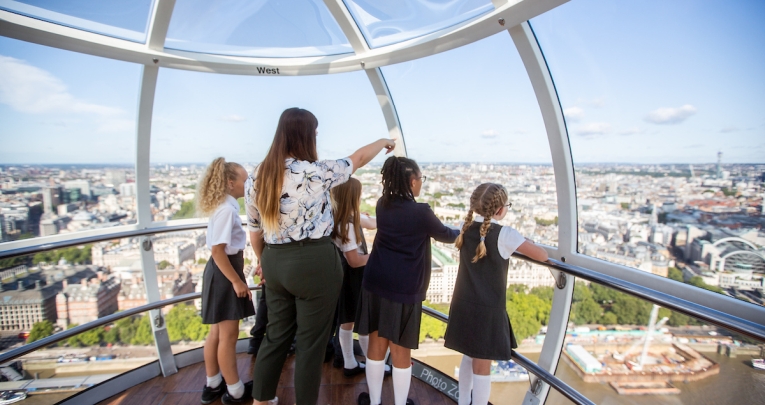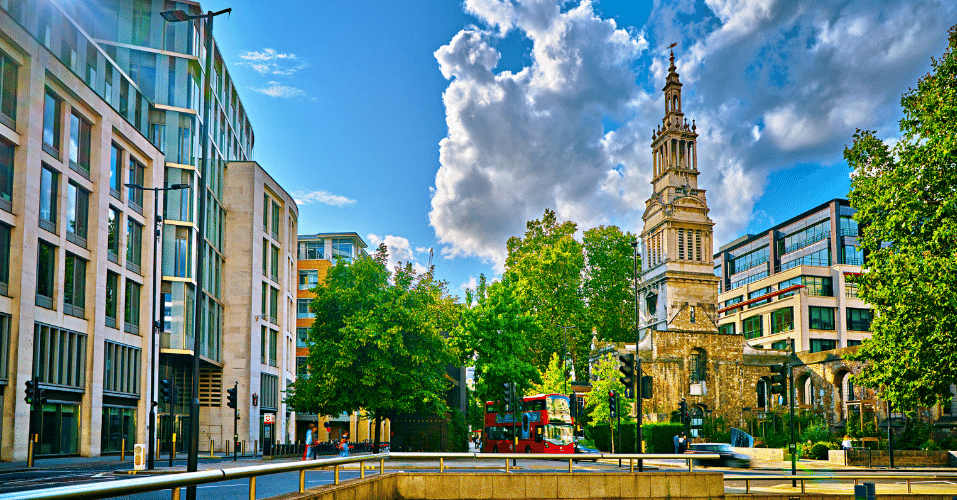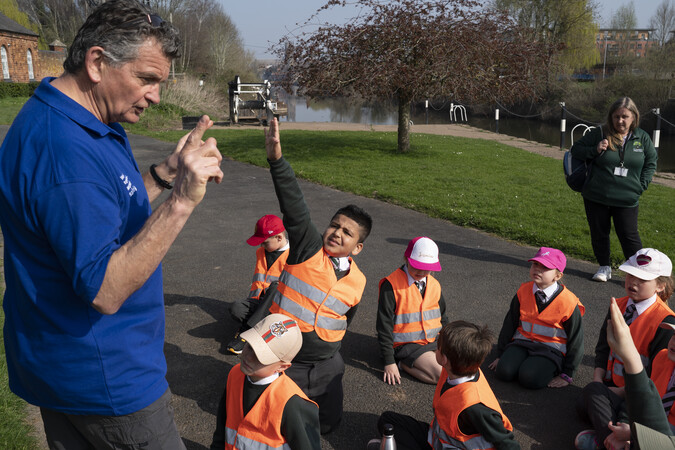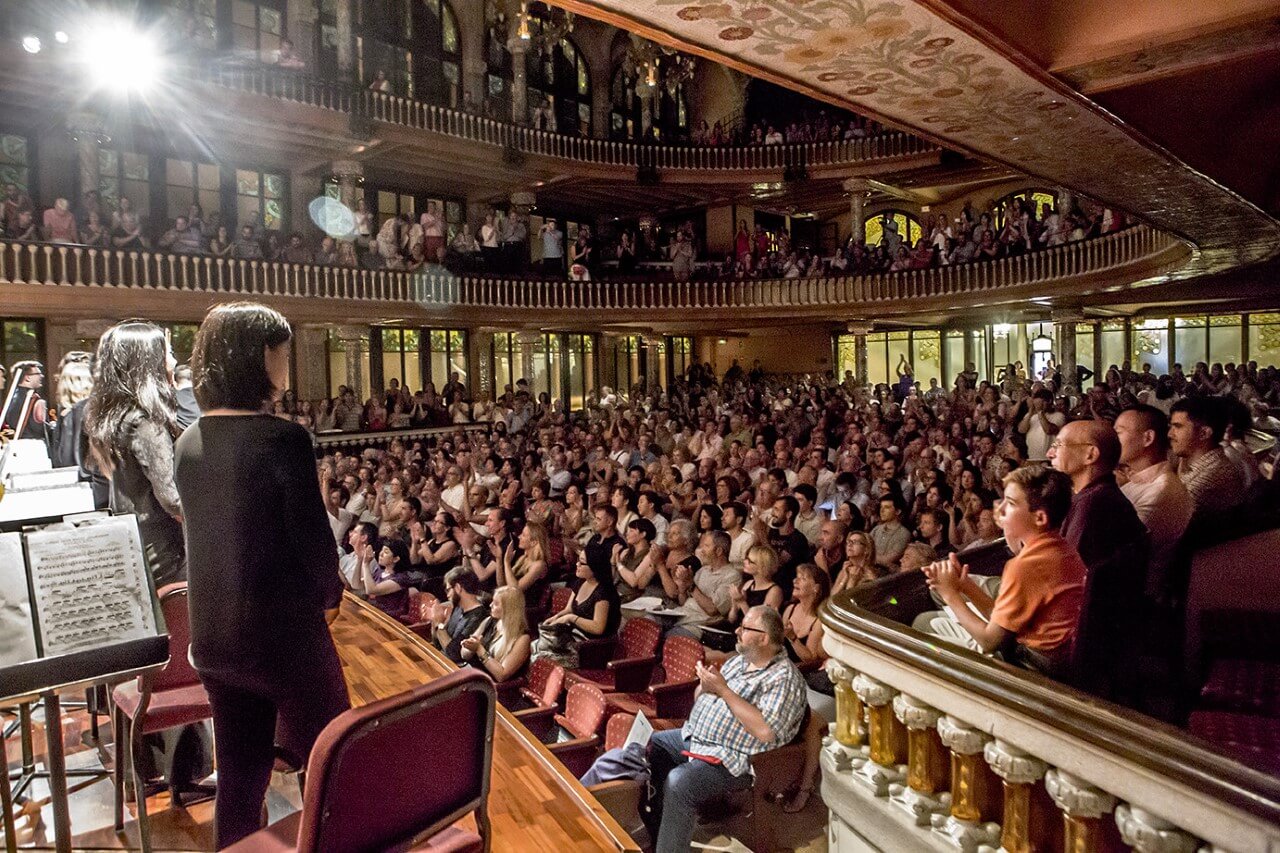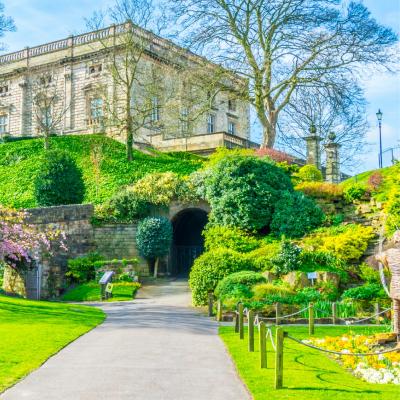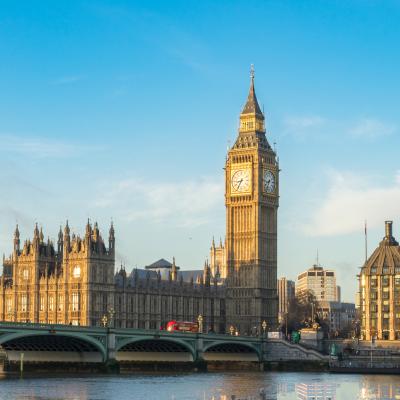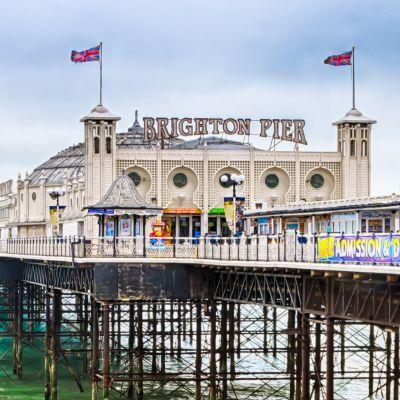Ravenscourt Glasshouses & Walled Garden
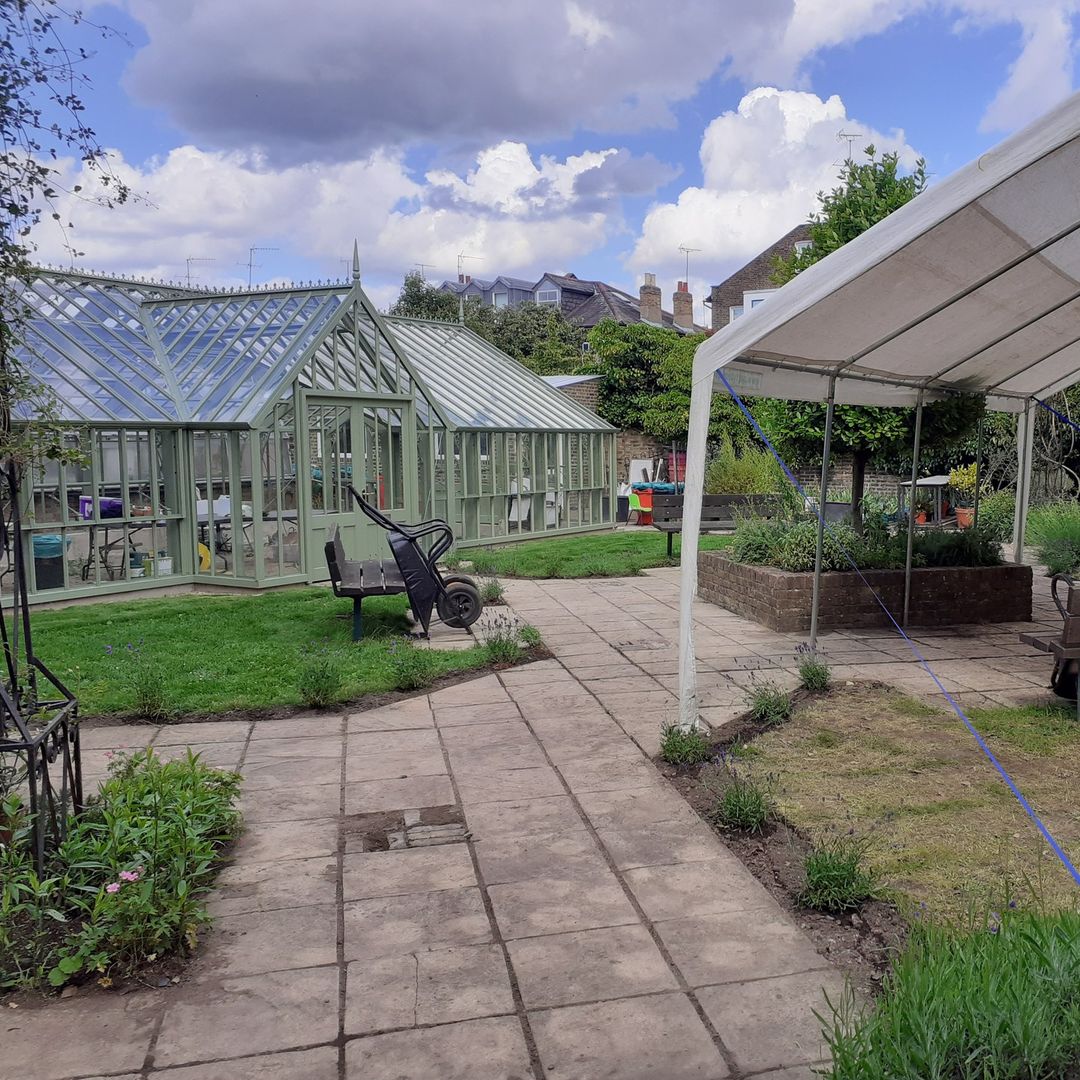
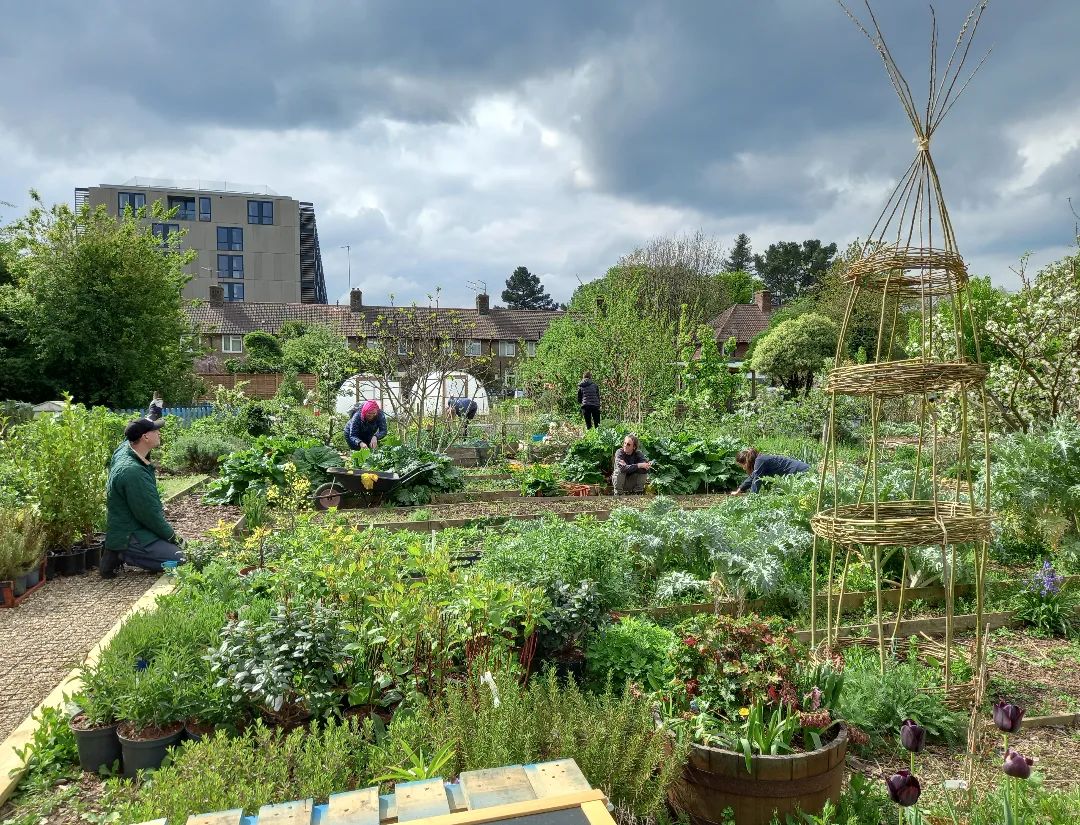
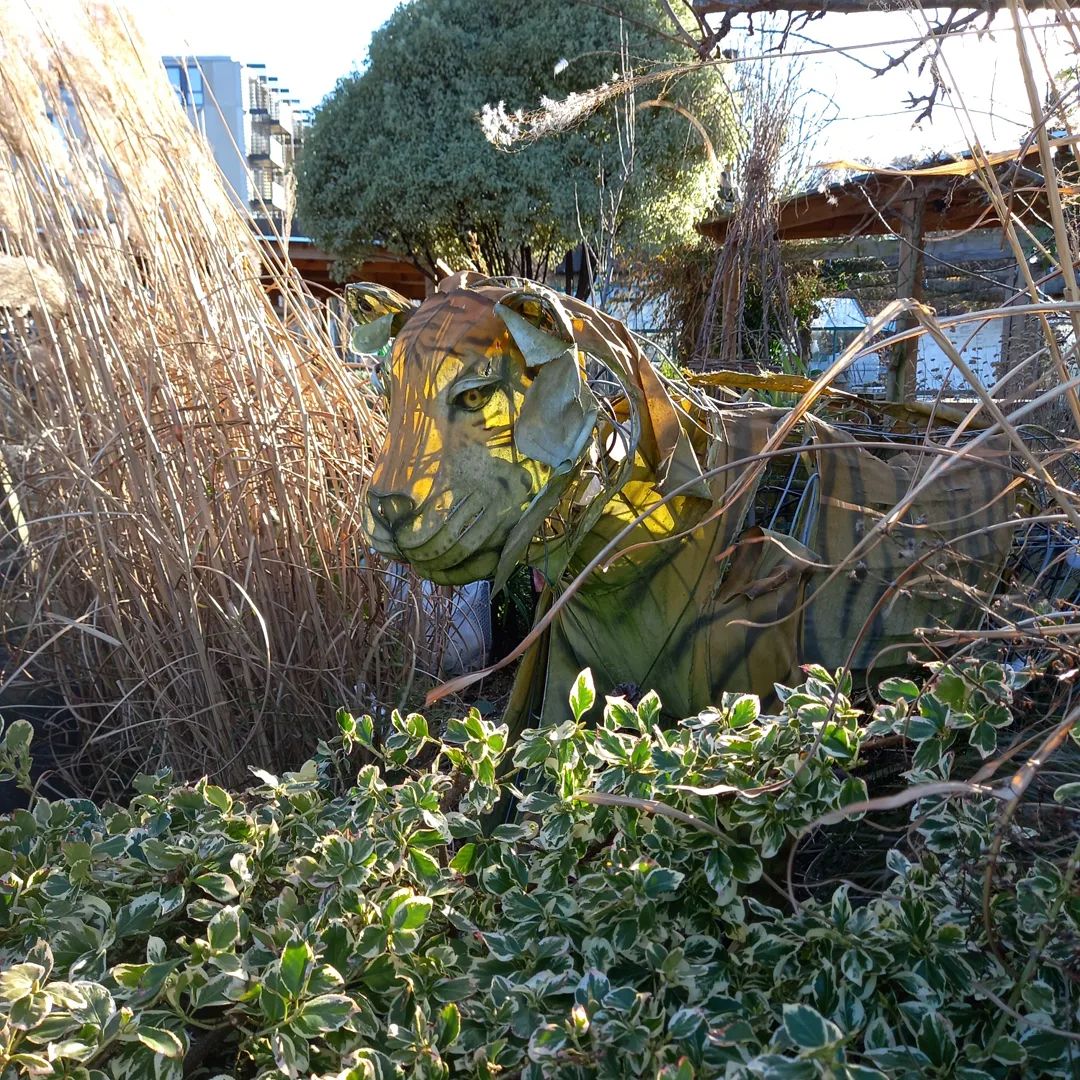



Photos of Ravenscourt Glasshouses & Walled Garden
What will students see and do?
Part of Ravenscourt Park in the Hammersmith area of London, Ravenscourt Glasshouses and Walled Garden had fallen into disrepair but were brought back to life by the Hammersmith Community Gardens Association (HCGA). The group has worked to replace the old glasshouses to make them more useable by the community.
Walking through the glasshouses, students have the chance to see fruits and vegetables growing, rather than just sitting on supermarket shelves, along with medicinal herbs and flowers.
Half-day educational sessions are available on-site and benefit from the unique setting, earning the HCGA the Learning Outside the Classroom Quality Badge for its on-site work.
The first glasshouse showcases the Shelf Life project, which features plants growing in used food containers. The plant is typically linked to the container in some way, such as tomatoes in a ketchup bottle or potatoes in a crisp packet.
The second glasshouse serves as the nursery, where volunteers raise seedlings and cuttings for this and other local community gardens.
Just a little further north in the park sits the walled garden. This scented garden is laid out in a traditional Victorian symmetrical design and managed by volunteers with the guidance of Ravenscourt Park’s head gardener.
As students wander through, they will see rose beds, rose arches and medicinal herb borders, along with other flowering plants and vegetable plots. The site was originally the kitchen garden of a 17th century manor house and was turned into a walled garden when the estate became a public park.
The elaborate wrought-iron gates date from the early 18th century and were part of the former estate. Grass areas and benches make it suitable for your group to stop for a picnic as part of their day out.
How does the trip link to the curriculum?
The HCGA offers environmental educational sessions in schools, including some that formally tie into the national curriculum. Its main focus is environmental education, food growing and wildlife gardening, but the glasshouses and walled garden offer other educational learning opportunities as well.
Here are some of the many ways a trip to Ravenscourt Park can be tied to your topics:
– Art and design: considering the layout of the walled garden and the scrollwork of the gates.
– Engineering: how is a glasshouse built?
– Citizenship: the roles of community gardens and volunteer-run organisations.
– Languages: investigating the Latin names of plants.
– Maths: estimating the yield of your planting and how many plants can fit in a bed.
– Geography: where do the gardens’ plants originally come from?
There are many opportunities for science lessons at Ravenscourt Glasshouses and Walled Garden. Because HCGA staff focuses on environmental science, these might cover water conservation or organic farming. Basic science lessons also apply, like how plants grow from seeds, the differences between flowering and food plants, and soil nutrients.
Lessons could focus on insects – harmful and helpful – and the benefits of growing plants in a glasshouse as opposed to a natural garden.
Finally, there is a wealth of history to explore at the site. Because the park was originally a manor estate, connections to history lessons can be easily made, especially for groups studying medieval times or the 18th century. Discussions could include the relationship between landowners and tenants as well as how estates were granted.
The walled garden was the original site of the moated Palingswick Manor, owned by Alice Perrers, known as the Sun Queen. King Edward III was her patron, sitting on the throne in the 14th century when the Black Death swept through the English population.
Subjects covered
Teaching resources provided
The HCGA offers sheets with seasonal activities that were developed as part of its Get Growing initiative. The sheets are linked to the seasons and feature the various tasks a gardener might be undertaking at each time of year.
The sheets also offer information on container gardening, water conservation and composting to go with environmental lessons.
Additionally, the association’s newsletters include projects like making a bird cake, a cane topper or organic fertiliser.
HCGA staff can also deliver educational sessions at schools featuring formal curriculum-linked activities. They can even visit your site to help you develop a ‘growing and wildlife’ area, where learning can continue year-round.
Minimum and maximum group size
Get in touch with the team to discuss your requirements.
Details of risk assessment
If you require support when planning your trip’s risk assessment, contact the team.
Don't miss our downloadable A-Z guide on completing a risk assessment

Facilities on-site
A public toilet sits close to the glasshouses in the park, and there is a teahouse next door. There is no parking on-site, but students can be dropped off in front of the teahouse.
Opening times
School groups are permitted any week day.
Pricing
For the cost of a school trip, contact the HCGA team.
Travel arrangements
Ravenscourt Park sits just north of the A4 in Hammersmith. The glasshouses and walled garden are on the north-east side of the park, with the nearest entrance off of Paddenswick Road.
The nearest station is Ravenscourt Park, which is a five-minute walk – mostly through the park – from the glasshouses. The walled garden is a minute’s walk up the garden path from the glasshouses.
Address
The Glasshouses (next to the cafe), Ravenscourt Park, Pallingswick Road, London
W6 0UL
Book your school trip to Ravenscourt Glasshouses & Walled Garden
For information on booking your school trip to this venue, click below.




